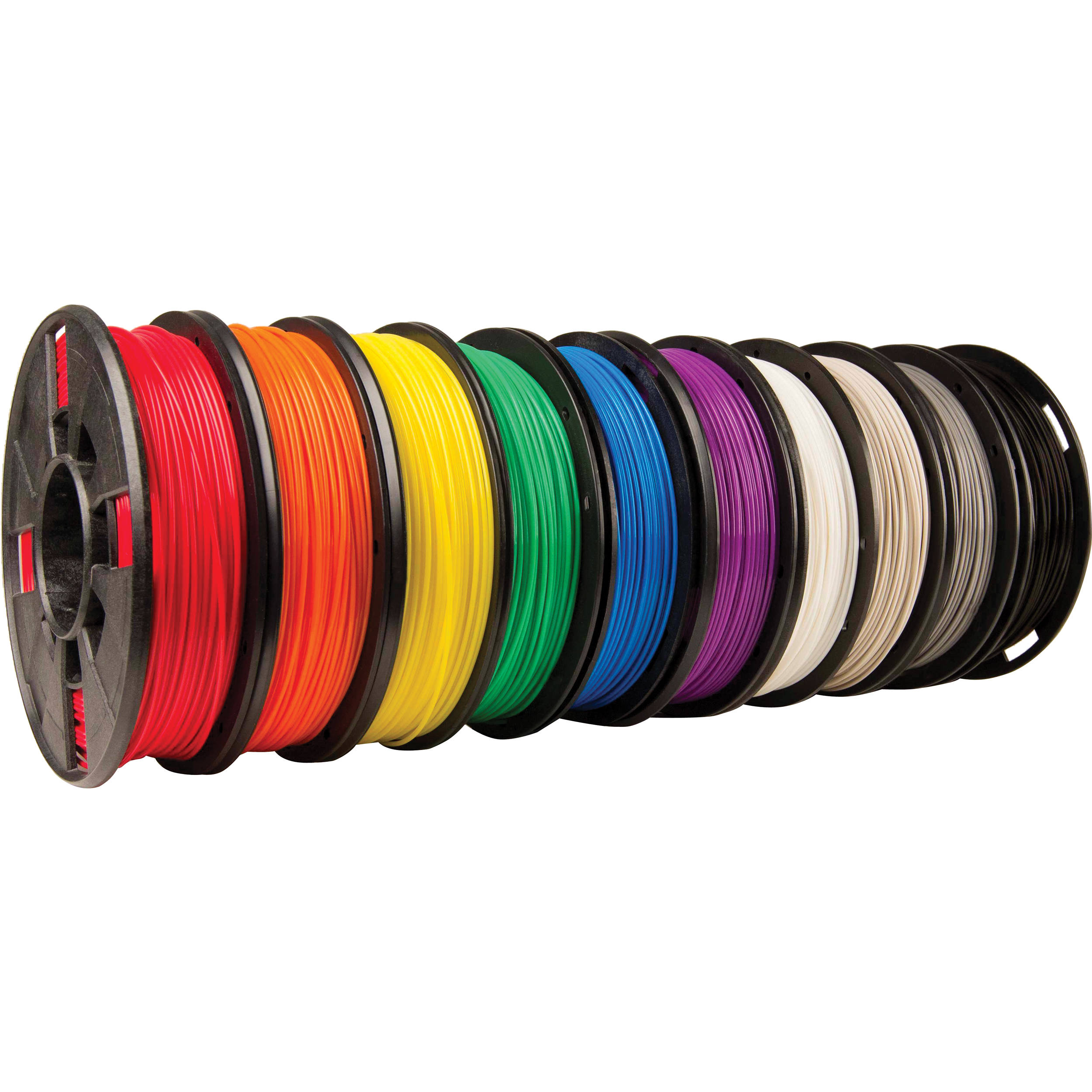As one of the five conventional nondestructive testing technologies in the industry, UT testing technology has been widely used by people. A type of pulse reflection ultrasonic flaw detector has long been used in UT, and its circuit block diagram is shown in Figure 1. The display of this kind of instrument displays electrical pulse signals. The flaw detection personnel must distinguish defect waves and other types of waves from these signals. The difficulty is quite large. Misjudgment and missed judgment often occur, which seriously hinders the UT technology. Application at a deeper level. However, with the development of electronic technology, its results have been widely used in the UT industry. A digital ultrasonic flaw detector came into being. He has revolutionized the UT technology. It can not only record ultrasonic signals in real time, even The nature of the defect wave can be given. 2 Working principle of digital ultrasonic flaw detector Unlike the A-type pulse flaw detector, the digital flaw detector has a major change in the circuit, and its circuit block diagram is shown in Figure 2. Digital signal processing is realized by a program in a computer. Generally, the first processing to be performed is to remove noise from the signal, and the second is to perform the processing required for UT detection on the signal from which the noise has been removed, including gain control, attenuation compensation, and signal packet route. After the ultrasonic signal is amplified by the receiving part, the analog-to-digital converter becomes a digital signal and transmits it to the computer. The position of the transducer can be controlled by the computer or manually operated, and the converter converts the position into digital and transmits it to the computer. The computer then properly processes the ultrasonic shape that changes with time and position to draw conclusions for further control of the flaw detection system, and then sets relevant parameters or displays the processing results waveforms, graphics, etc. on the screen, prints out or gives light, sound recognition and Alarm. 3 Advantages of digital ultrasonic flaw detector Compared with traditional flaw detectors, it has the following advantages: (1) Fast detection speed Digital ultrasonic flaw detectors can generally automatically detect, calculate, and record, and some can also automatically perform depth compensation and automatically set sensitivity, so the detection speed is fast and the efficiency is high. (2) High detection accuracy Digital ultrasonic flaw detector performs high-speed data acquisition, quantization, calculation and discrimination on analog signals, and its detection accuracy can be higher than that of traditional instruments. (3) Record and file inspection Digital ultrasonic flaw detector can provide inspection records until the defect image. (4) High reliability and good stability. The digital ultrasonic flaw detector can collect and store data comprehensively and objectively, perform real-time processing or post-processing on the collected data, and perform time, frequency or image analysis on the signal. The quality of the workpiece can be graded through pattern recognition, which reduces the influence of human factors and improves the reliability and stability of retrieval. 4 Main technical problems of digital ultrasonic flaw detector (1) Analog-to-digital converter (ADC) The ADC is the only way for the ultrasonic signal of the flaw detector to be input into the computer, and the continuously changing analog signal is converted into a numerical signal. (2) Structure At present, there are two types of full-number method and analog-digital mixing. (3) Software digital ultrasonic flaw detectors are diverse in software, and the success or failure of flaw detectors depends largely on the degree of software support. 5 Development prospects of digital ultrasonic flaw detector With the further development of electronic technology and software, digital ultrasonic flaw detector has broad development prospects. It is believed that in the near future, the flaw detector based on image display will be widely used in industrial inspection. At present, some digital ultrasonic flaw detectors have simple manual and scanning functions, and can schematically display the cross-sectional image of the inspected workpiece. With the advancement of technology, we can implement phased array B-scan and C-scan imaging on portable instruments to make the inspection results as intuitive as medical B-scan. Defect characterization has always been a difficult problem in UT detection. The development of modern artificial intelligence discipline has provided the possibility to realize automatic defect characterization of instruments. Using pattern recognition technology and expert system, various feature quantities of a large number of known defects are input into the sample library, so that The instrument accepts human experience and has the ability to characterize defects automatically after learning.
ONEREEL supply kinds of empty 3D printer filament spools/3D Printer Spool/3D Empty Spool for metal 3D Printer, Large 3D Printer, Industrial 3D Printer, Desktop 3D Printer, Professional 3D printers, FDM 3D printer and DIY 3D Printer.
1.3 KG / Roll 1.75mm ABS Filament for FDM 3d printers
Colorful Rapid Phototyping 3D printer plastic filament with HIPS/PLA/ABS material.
We can also make the empty 3d spools under OEM requirement.
empty 3D Printer spools, Large 3D Printer Spools, Desktop 3D Printer Spools,3D Printer Spool,3D Empty Spool NINGBO BEILUN TIAOYUE MACHINE CO., LTD. , https://www.spool-manufacturer.com


1 Introduction